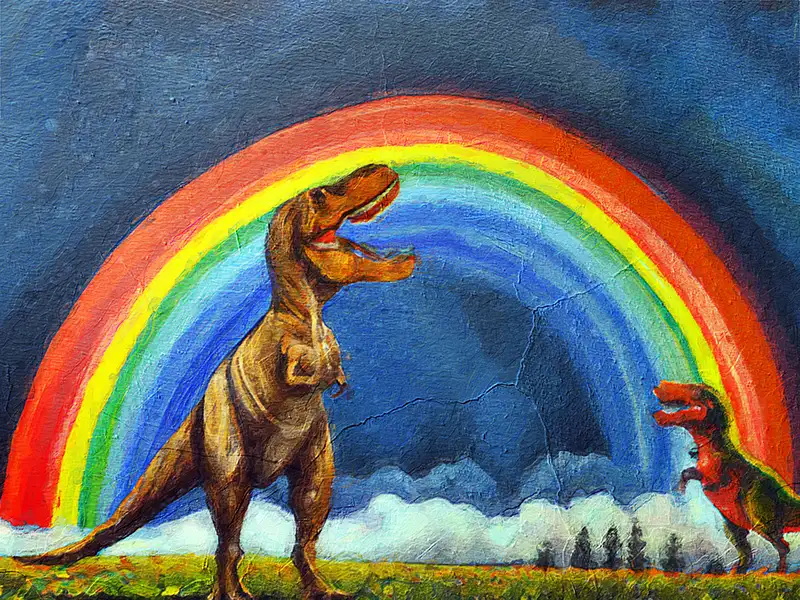The history of rainbows
Rainbows have been a source of wonder and inspiration for people all around the world for centuries. They’ve been depicted in art and literature, and have been thought to hold special powers or meaning in many different cultures.
But have you ever stopped to think about how different cultures have viewed and interpreted rainbows throughout history? In this article, we’ll take a closer look at the history of rainbows and learn about how they’ve been viewed and interpreted in different cultures and throughout the ages.
So let’s get started on our journey through the history of rainbows!
Ancient cultures and their views on rainbows
Rainbows have been a source of fascination for people all around the world for centuries. Many ancient cultures had their own ideas about what rainbows meant and how they were created.
For example, in ancient Greek mythology, the rainbow was seen as a bridge between the mortal world and the gods. It was thought to be created by the messenger god Hermes, who used it to travel between the two worlds.
In ancient Native American cultures, rainbows were thought to be a sign of good luck and a promise of a good future. They were also seen as a way for the spirits to communicate with the living.
Other ancient cultures had their own ideas about the meaning and significance of rainbows. Some saw them as a symbol of hope and renewal, while others saw them as a sign of divine intervention or a promise of good things to come.
Rainbows in medieval times
During the medieval period, rainbows were often seen as a sign of divine intervention or a promise from God. They were depicted in art and literature as a symbol of hope and a way for God to communicate with the mortal world.
In the Middle Ages, rainbows were also thought to be a sign of the end of the world. Some people believed that a rainbow appearing in the sky was a warning of the impending apocalypse.
Despite these superstitions, rainbows were also seen as a source of beauty and inspiration during this time period. They were depicted in art and literature as a symbol of hope and a way to bring beauty into the world.
Modern interpretations of rainbows
Today, rainbows are still seen as a source of beauty and inspiration around the world. They are often depicted in art, literature, and other forms of media as a symbol of hope and a reminder of the beauty of the natural world.
In modern times, rainbows have also taken on new meanings and significance. For example, the rainbow flag has become a symbol of the LGBTQ+ community and a representation of diversity and acceptance.
Overall, rainbows continue to be viewed and interpreted in a variety of ways in modern times. They are seen as a symbol of hope and a reminder of the beauty of the natural world, and they continue to inspire people all around the world.
